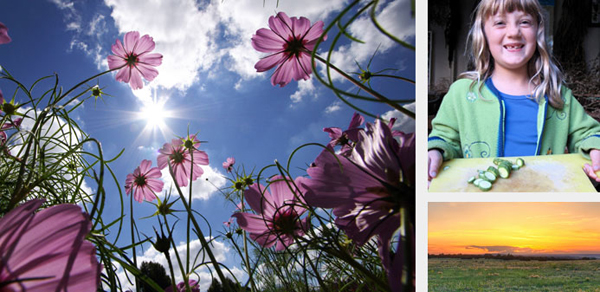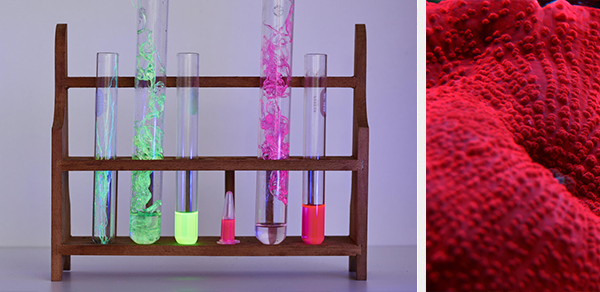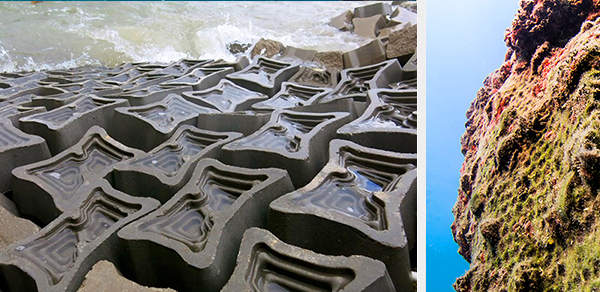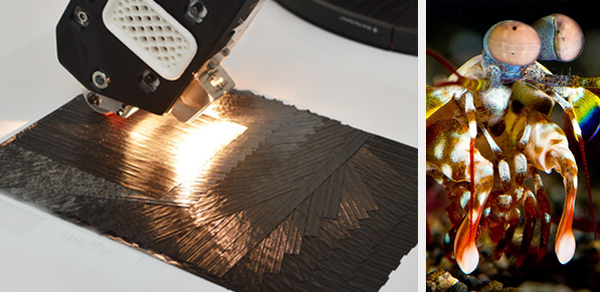Explore solutions inspired by nature.
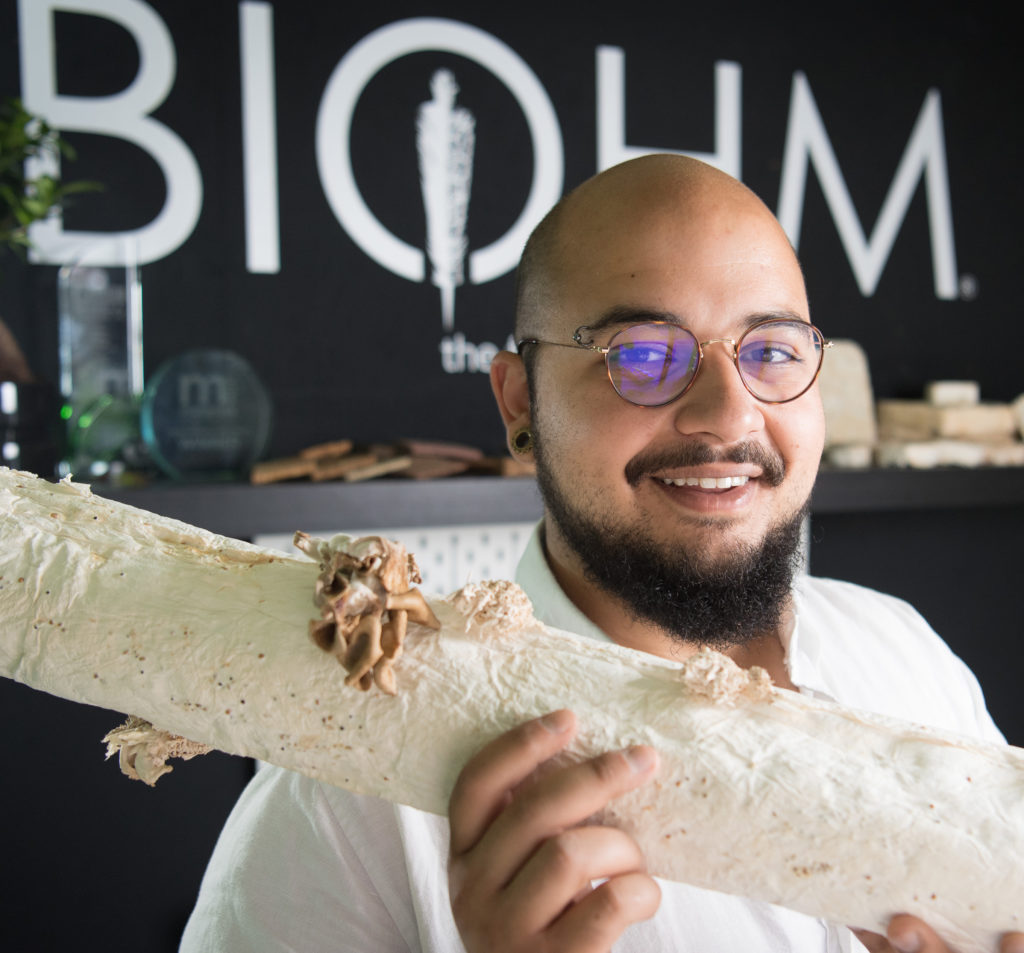

Youth Design Challenge
Explore nature-inspired design concepts from middle and high school student teams recognized as finalists in the Youth Design Challenge.
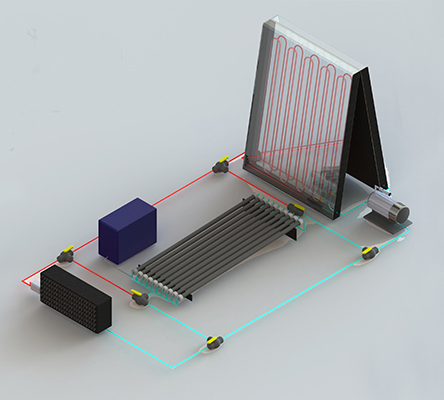
Biomimicry Global Design Challenge
Explore biomimetic design concepts created by university students and young professionals from the Global Design Challenge.
Solutions to global challenges are all around us.
Learning from prairies to grow food in resilient ways
Agriculture
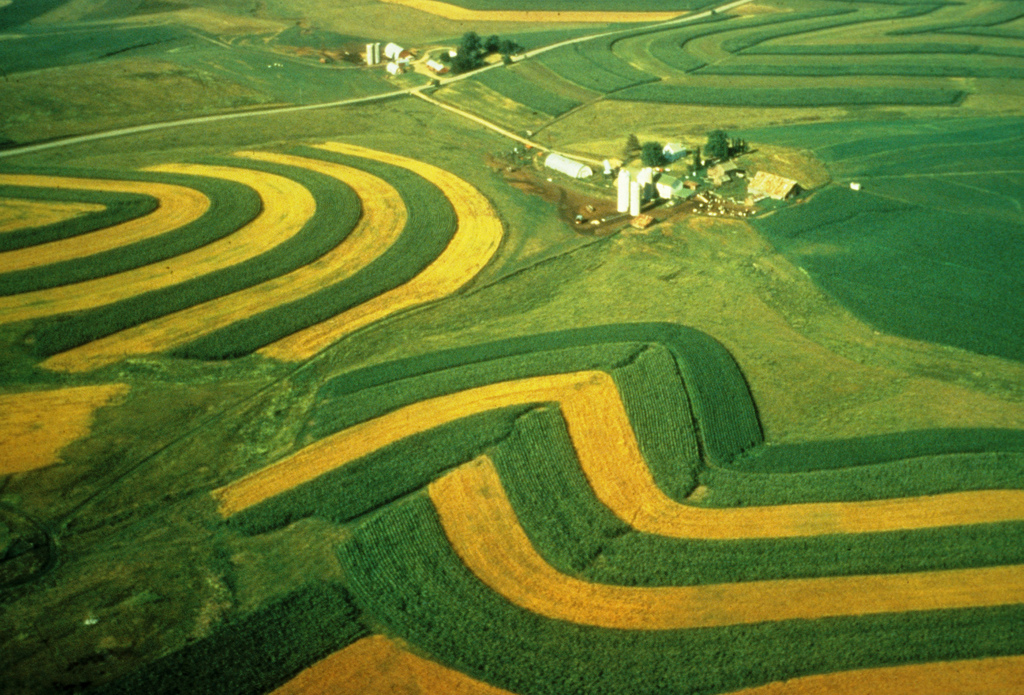
Take a look at any natural ecosystem, such as a prairie, and you will see a remarkable system of food production: productive, resilient, self-enriching, and regenerative.
More...
The Land Institute has been working successfully to revolutionize the conceptual foundations of modern agriculture by using natural prairies as a model: they have been demonstrating that using deep-rooted plants which survive year-to-year (perennials) in agricultural systems which mimic stable natural ecosystems – rather than the weedy crops common to many modern agricultural systems – can produce equivalent yields of grain and maintain and even improve the water and soil resources upon which all future agriculture depends.
Learning from termites how to create sustainable buildings
Architecture
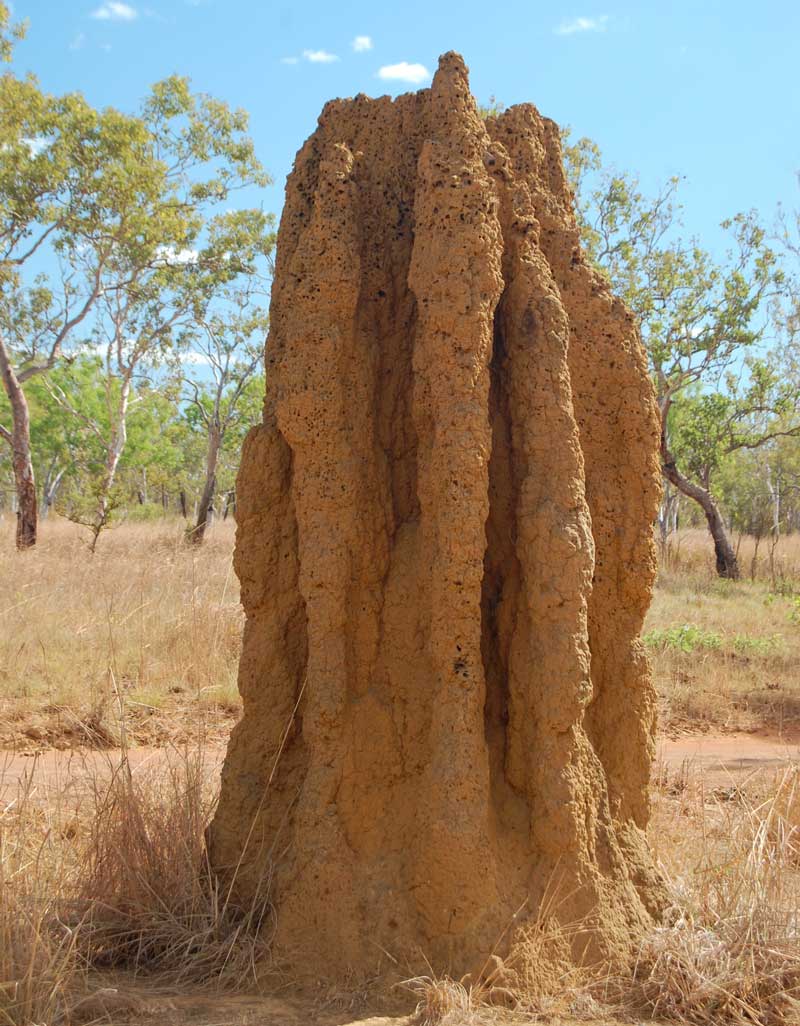
We generally think of termites as destroying buildings, not helping design them. But the Eastgate Building, an office complex in Harare, Zimbabwe, has an internal climate control system originally inspired by the structure of termite mounds. Further research is revealing more about the relationship between mound structure and internal temperature, and could influence additional building designs as our understanding grows.
More...
Learning from marine ecosystems to develop concrete alternatives
Construction
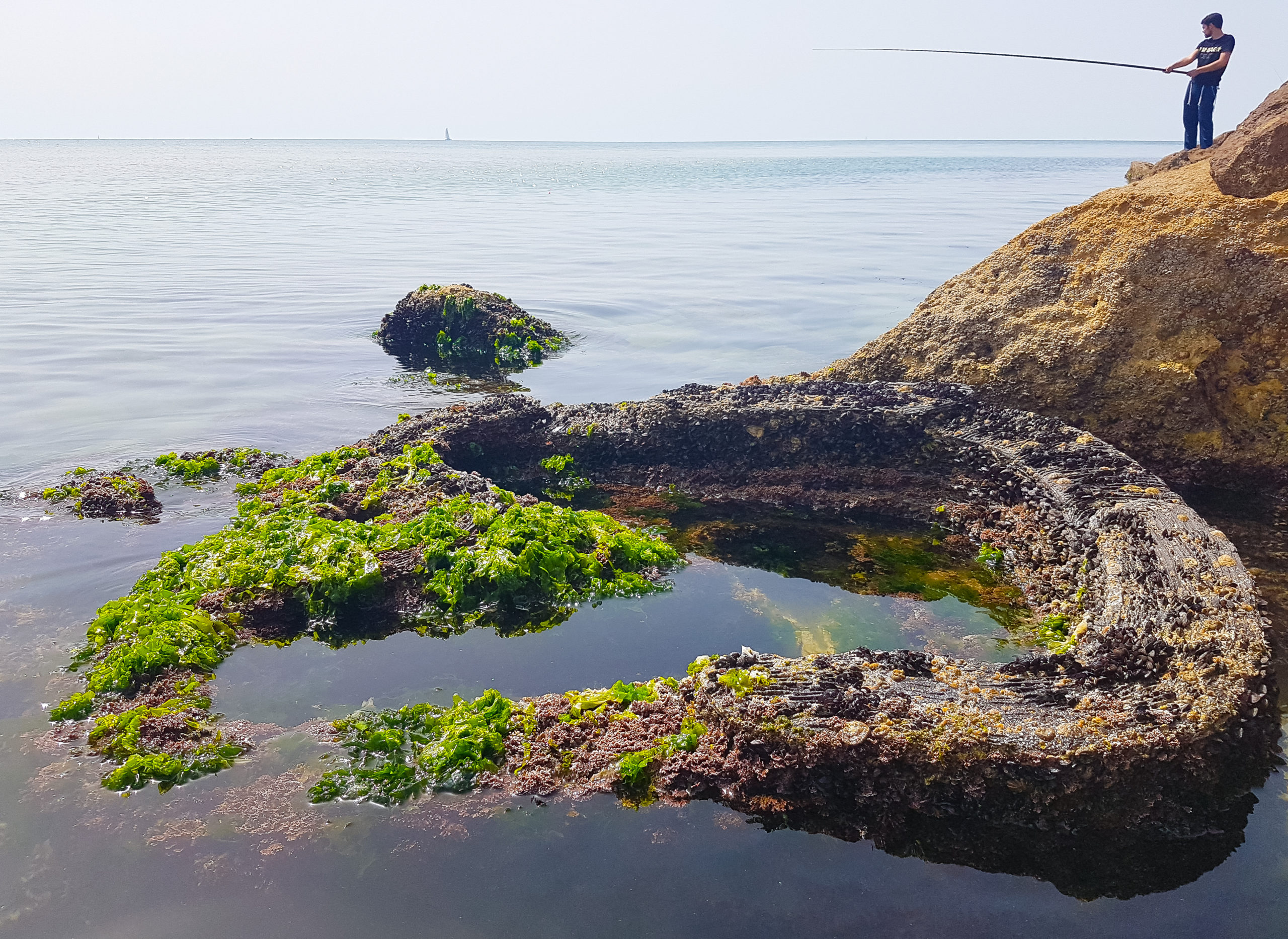
With more than 50% of the world’s population concentrating along coastlines, accelerated coastal development inflicting severe stress on natural ecosystems is inevitable. Combined with growing threats of sea level rise and increased extreme weather events, coastlines worldwide require development, retrofitting, and intensive maintenance. ECOncrete is based on elements that work in synergy to mimic nature and create habitats for native marine organisms.
More...
The bio-enhancing admix and three dimensional designs of ECOncrete’s products induce a layer of biogenic buildup that makes the concrete stronger and more durable through bioprotection, which is perfect for creating structures like seawalls, breakwaters, bridge foundations, and urban waterfronts. Drawing inspiration from marine habitats and organisms, ECOncrete learns from and mimic forms, textures, and chemical properties from beach rock formations, rocky reefs, tide pools, mangrove roots, and ecosystem engineering species like oysters, corals, and tube worms, all for the benefit of coastal ecosystems and infrastructures.
Learning from maple seeds and kingfisher birds how to channel incoming wind to address root leakage
Energy
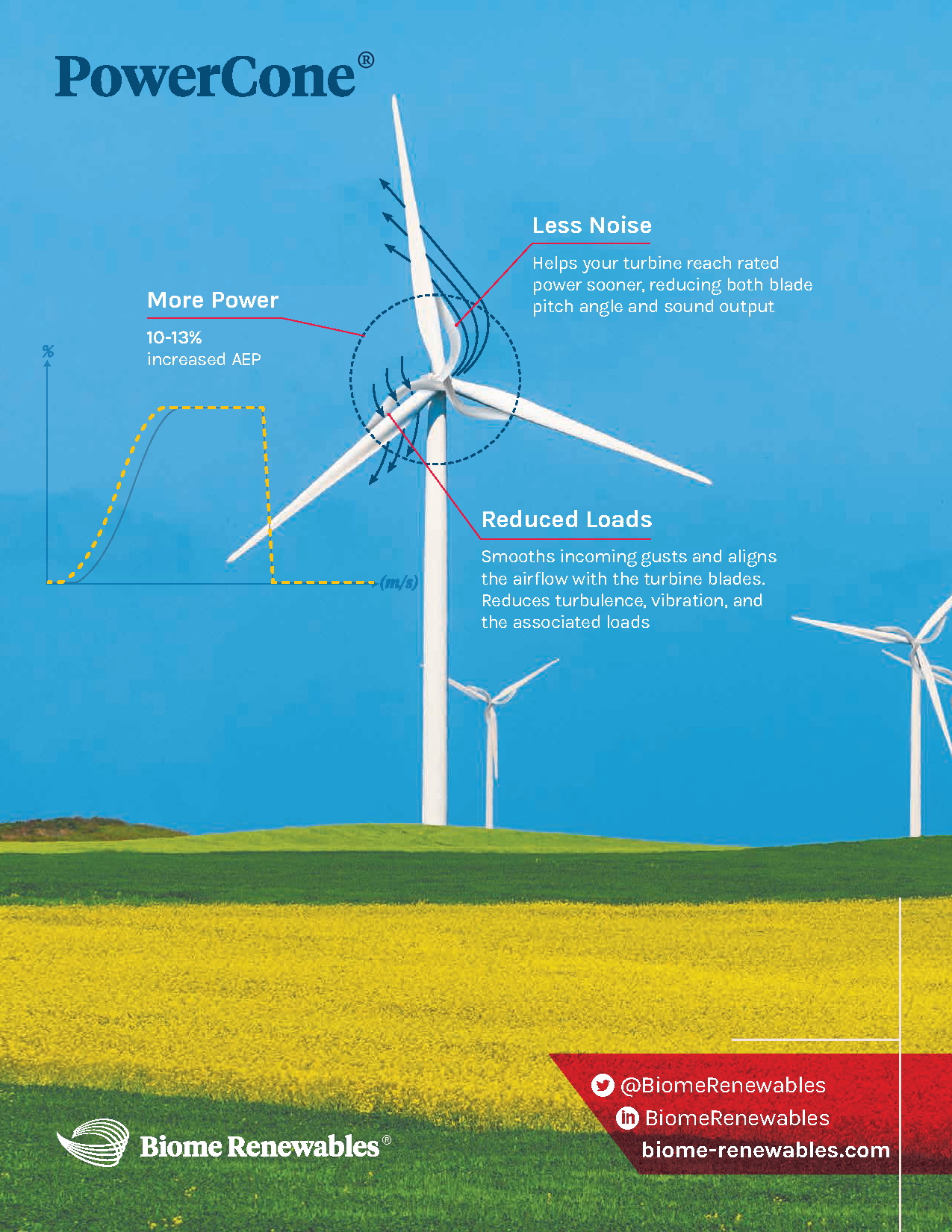
The PowerCone® is a turbine retrofit that channels incoming wind onto the blades to address root leakage, while directing more flow to outer parts of the turbine. The result is not just more power, but power from a place where no bigger blade or smarter software can find it.
More...
The kingfisher owes its reputation to how its beak allows it to plunge through the water with barely a ripple — in effect moving the fluid around itself at a precise rate, a phenomenon known as Time-Dependant-Energy-Transfer. The PowerCone draws on these principles, directing wind from the central root section to outer radial spans of the blade and channeling it smoothly onto its surface. Further, its presence causes a local area of high pressure, nudging wind to bend radially outwards upwind of the rotor.
As a maple seed falls to the ground, it moves through the air with a pattern of least resistance, following its coning angle. This allows the maple seed to deal with turbulent air by interacting with the flow over a longer time-span, at some acute angle to the incoming flow. The PowerCone’s blades follow the seed’s elegant cues: relying on the same principles of Time-Dependant-Energy-Transfer, absorbing gusts and reducing loads. This geometry also allows the PowerCone to increase the effective flow velocity on the blade by wrapping around the wind turbine’s blades — increasing torque, decreasing cut-in speeds, and increasing the turbine’s capacity factor.
Learning from coral to create colorful textiles
Fashion
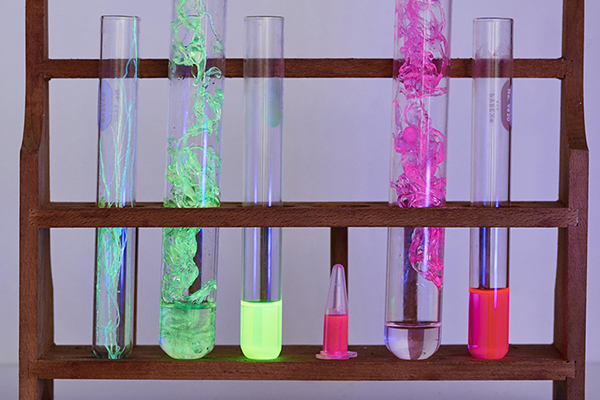
The global textile market produces 1.2 billion tons of CO2 equivalent per year and uses dyes that are responsible for 20% of global wastewater. The industry also depends on petroleum based synthetic fibers that account for 35% of global microplastic pollution. To mitigate these impacts, Werewool, an early stage fashion-meets-biotech startup, is designing a revolutionary fiber development platform to create biodegradable fibers with tailored aesthetic and performance properties.
More...
Inspired by nature, and utilizing the tools of biotechnology, Werewool is developing a platform to design fibers at the DNA level for sustainable textiles with inherent properties such as color, moisture management, and stretch, that meet the demands of today’s consumers. The team identifies protein structures found in nature, such as the red fluorescent protein found in some species of Discosoma, a coral relative. They then grow fibers that are reliant on these proteins, creating textiles without the need for toxic dyes, finishes, and petroleum based synthetics.
Learning from plant active molecules to protect crops
Food Waste
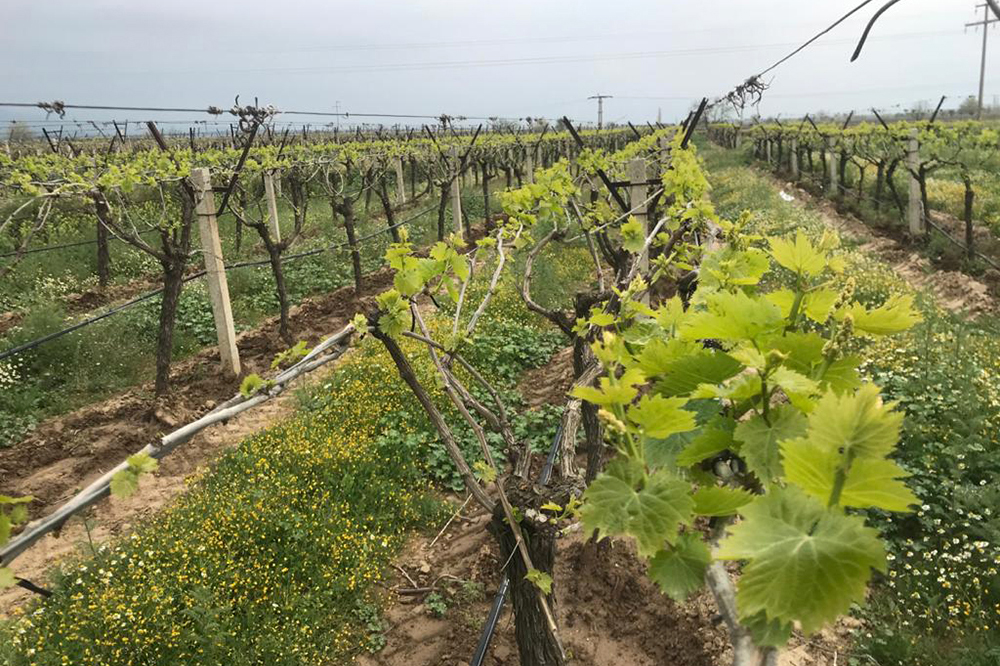
Every year 25% of the fruits and vegetables produced are lost or wasted because of fungal spoilage. In order to prevent this loss different synthetic fungicides are used; however, these can cause serious harm to both human and environmental health. Additionally, fungi develop resistance to these fungicides, making them ineffective over time. Plants have developed many methods to combat diseases. They naturally produce volatile molecules to protect themselves from many fungal diseases and also stimulate other plants in the environment to activate their defense system. Nanomik Biotechnology is inspired by this defensive system of plants in nature.
More...
They’ve created a solution for the problem of fungal spoilage using customized encapsulation of these natural defense molecules that can be applied in the field as well as after harvest. Nanomik Biotechnology combats fungal diseases by leveraging nature’s genius — beating the effectiveness of synthetic chemicals without the associated harm to human or planetary health.
Learning from butterflies how to develop structural color
Materials Chemistry
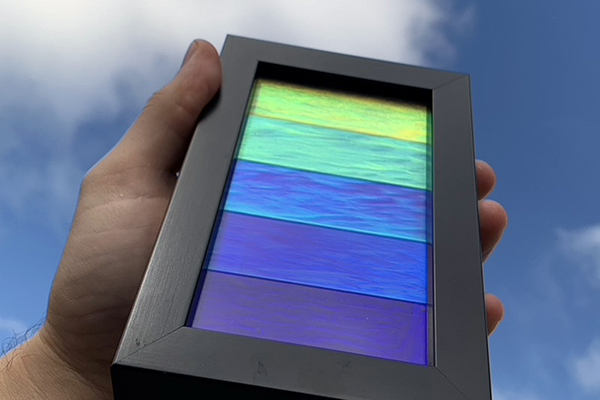
Coatings and color are restricted by aesthetics, ease of application, expense, range, and toxicity. Innovation in industries from various sectors like automotive, construction, and consumer products are all similarly limited by their surface chemistry. In industry, colors are typically produced by the inclusion of potentially toxic pigments, dyes, and binders within the coatings. In contrast, many organisms in nature have evolved “structural color” over millions of years. These colors are produced by the physical interactions of light with nanometer scale biological structures on these organisms. Over the last decade, Cypris Materials has developed a tunable structural color coating from commodity materials.
More...
When formulated and applied onto a surface, the coating self-assembles into a robust reflective nanostructure, eliminating the need for toxic pigments and dyes. The simplicity of this approach makes it possible to replace multimillion-dollar manufacturing equipment with a simple paint brush. Cypris’ coatings are designed to replicate the naturally-occurring nanostructures that produce the brilliant colors observed in butterfly wings, peacock feathers, and opal gemstones.
Learning from evapotranspiration to dispose of human waste
Sanitation
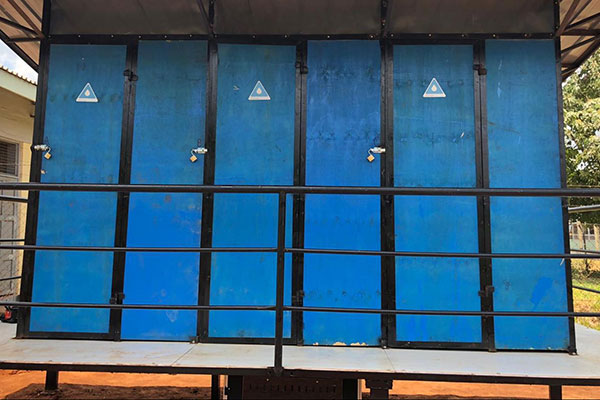
Half of the world’s population lives without safe, clean toilets, because they live in places with no sewage plumbing. To address this problem, the team at changeWATER: Labs developed a new way to dispose of human waste – by evaporating out the water! Their waste-shrinking toilet provides a new way to “flush” that doesn’t need plumbing for places where people can’t flush.
More...
Called an iThrone, these low-cost, portable toilets use a simple membrane to rapidly evaporate 95% of sewage without using any type of energy. This evaporative approach to “flushing” mimics the natural process of evapotranspiration, where plants pull moisture from soil and release it as pure molecular water through stomata on their leaves.
Learning from mantis shrimp to make more durable materials
Transportation
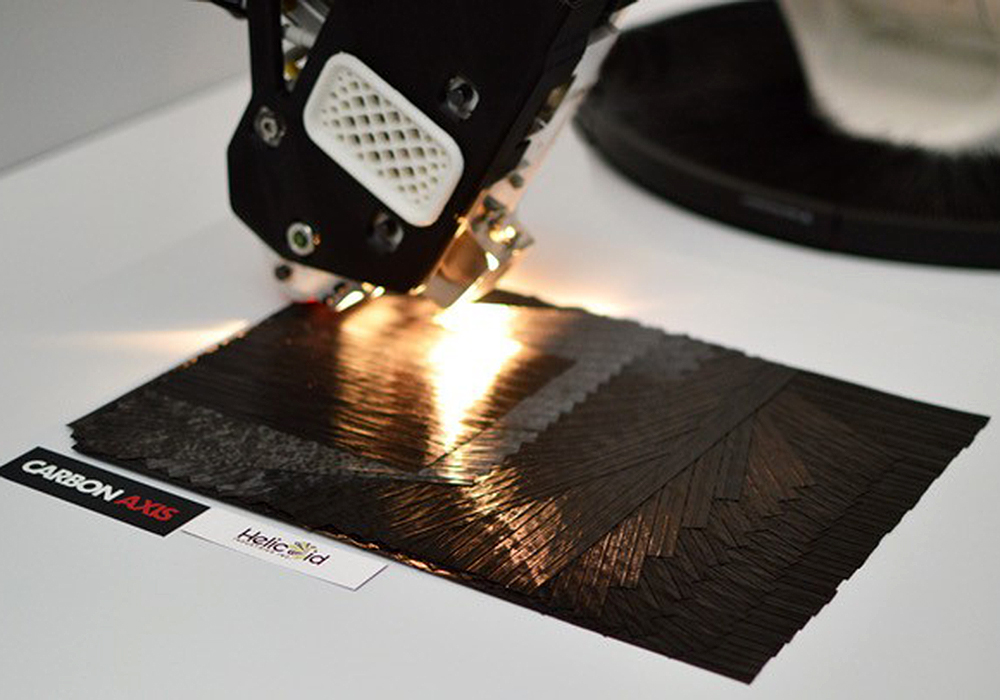
The composite materials industry is always looking for ways to increase performance, to reduce the amount of raw materials used, and to make lightweight, tougher products. For example, doubling the length of a wind turbine blade will quadruple the energy output, reducing the weight of automobiles by 10% can result in 6-8% fuel economy improvement, and lighter aircraft will result in reduced fuel costs and a lower carbon footprint, all meaningful environmental and sustainability benefits. Helicoid Industries took inspiration from the mantis shrimp to develop lightweight, stronger, and more impact resistant composite materials.
More...
Researchers have been studying this incredible crustacean for years, to learn how it manages to use its dactyl club to smash hard-shelled prey, repeatedly “punching” at speeds faster than a .22 caliber bullet, without sustaining damage to its chitin exoskeleton. Its secret is in the architecture of the club, with layers of chitin each offset by about 15 degrees. This “helicoid” architecture prevents cracks from expanding, minimizes damage propagation, and ultimately dissipates significant amounts of energy from strikes to avoid catastrophic failure.
We will use the information to be in touch with you via email. You can change your mind at any time by clicking the unsubscribe link in the footer of any message you receive from us. Learn more about our privacy practices here.
Support the Next Generation
of Nature-Inspired Innovators
Imagine a world where everything we make is inspired by the natural world. By supporting the Biomimicry Institute you:
- Help bring biomimicry education to more students and educators
- Accelerate the growth of more nature-inspired startups and entrepreneurs
- Increase the number of biological strategies and resources on AskNature.org and across our entire organization.

